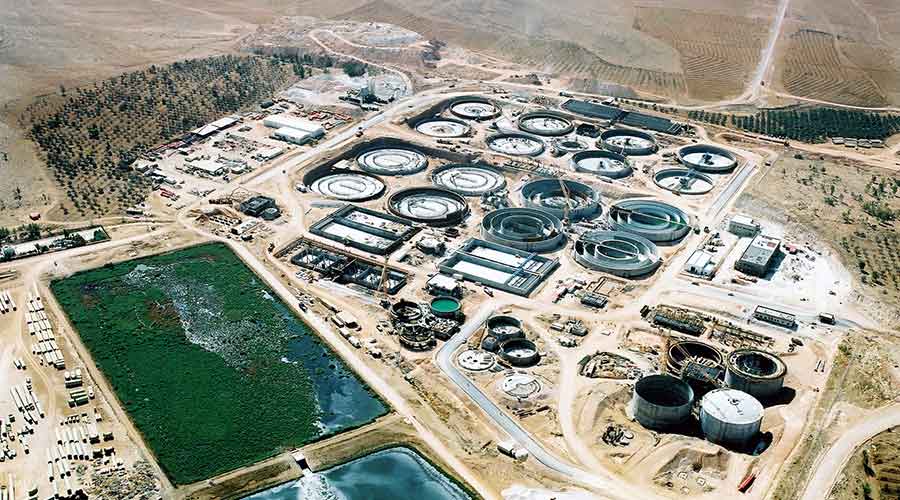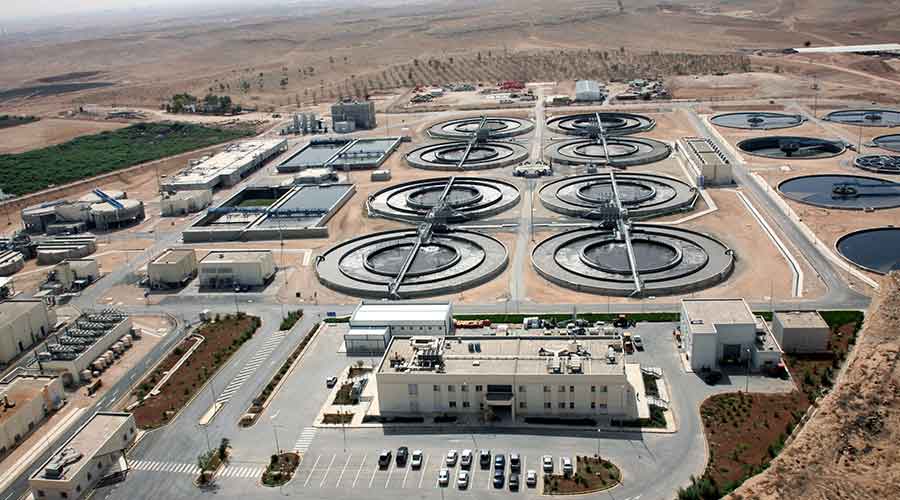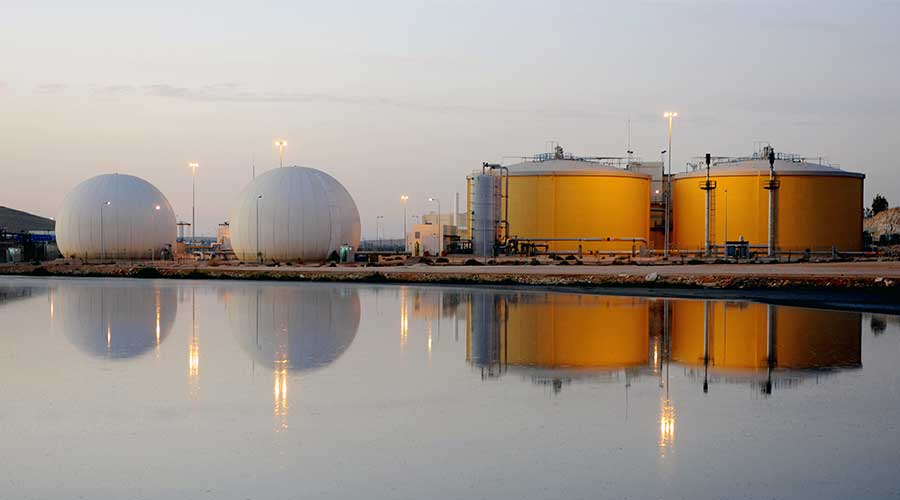As-Samra Wastewater Treatment Plant
PROJECT DESCRIPTION
Awarded in 2003 through an international competitive bid and completed in 2008, the initial As Samra Wastewater Treatment Plant (Phase 1) was designed to treat the wastewater of 2.3 million- equivalent inhabitants of Amman and the surrounding areas. This modern plant replaced the polluted waste stabilization pond system that was in place and has improved the downstream agricultural areas that rely heavily on treated water for irrigation. What was heavily polluted a few years ago is now becoming one of the cleanest rivers in Jordan! In 2009, facing increasing growth in population, the government of Jordan, represented by the Ministry of Water and Irrigation (MWI), decided to expand the plant. The 25-year build, operate and transfer (BOT) contract for the expansion of the As- Samra WWTP entered into force on 18 July 2012. The expanded plant is expected to meet the wastewater treatment needs of 3.5 million-equivalent inhabitants of the Amman and Zarqa areas through 2025.
This project significantly improves water resources management for one of the most water-deprived countries in the world, providing an increased supply of high quality treated wastewater for agricultural use at an affordable price, while freeing up fresh water for other uses and implementing sustainable solutions in a region with multiple needs for drinking water and sanitation infrastructures, given the scarcity of the resource.


